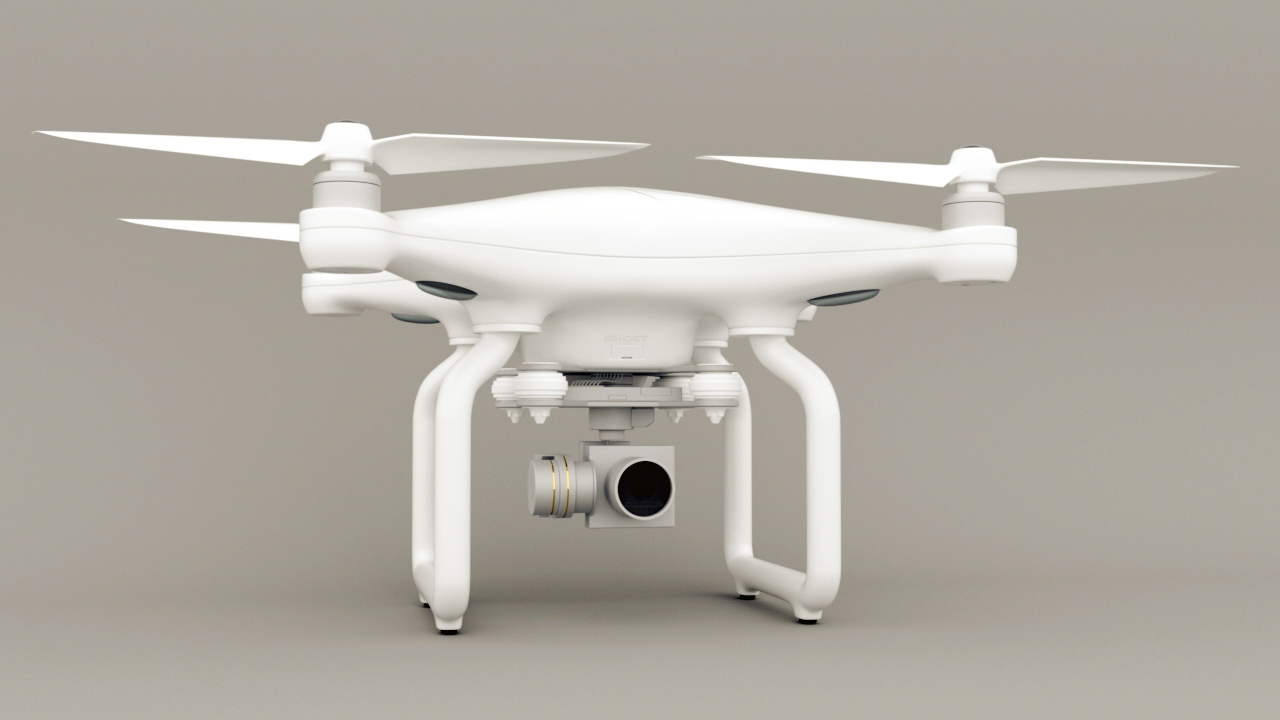Description
In this course, you will learn :
- Learn many tips and tricks as well as the principles of some of the most regularly used 3ds Max tools, all taught in a project-based approach.
- Begin by looking at the different forms of geometry that are accessible to you, and you'll learn how to organise your model into hierarchies and keep your scene clean and efficient.
- Consider polygon modelling tools like Extrude and the Swift Loop tool for adding resolution, spline modelling approaches for creating smooth surfaces, and many other tools and techniques.
- Consider employing a smoothing or subdivision approach, as well as modifiers to assist shape your models.
Syllabus :
1. Modeling Basics Overview
- Working with Polygons
- Working with Splines
- Smoothing Basics
- Organization and Hierarchy
- Setting up Reference Images
2. Blocking in Basic Forms: Part 1
- The Box Modeling Technique
- Using the Symmetry Modifier
- Using the Attach Function
- Using the Cut Tool
- Using the Extrude Tool
- Using Extrude Along Spline
- Creating Primitives with AutoGrid
- Cloning from Geometry
- The Polygon Modeling Technique
- Attaching Complex Objects
- Grouping Objects
- Problem-solving Complex Shapes
3. Blocking in Basic Forms: Part 2
- Using Booleans
- Using the Lathe Modifier
- Non-destructive Modeling Techniques
- Using the Swift Loop Tool
- Creating Wires Using Splines
- Problem-solving Complex Shapes
- Using the Hinge from Edge Tool
- Modeling the Camera Mount
- Modeling the Camera
4. Detailing and Smoothing Workflows
- Using the OpenSubDiv Modifier
- Troubleshooting Smoothing Issues
- Adjusting the Smoothed Mesh
- Adding Geometry Detail
- Using the CreaseSet Modifier
- Adding Topology After Creasing
- Creasing the Propellers
- Detailing the Battery
- Creasing the Camera Mount
- Creasing the Camera
5. Surfacing and Texturing
- Unwrapping UVs
- Rendering a UVW Template
- Creating a Bump Map
- Creating and Applying Materials
- Applying Multiple Materials
- Creating Basic Renders









